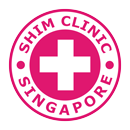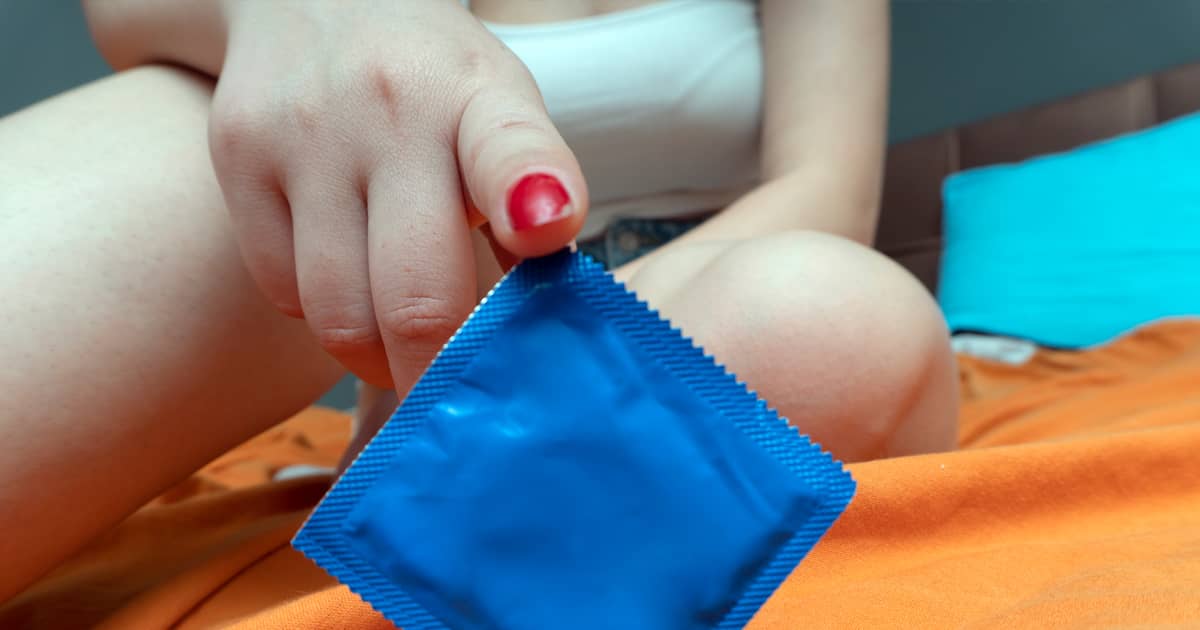The human immunodeficiency virus (HIV) has been around for decades, yet many misconceptions about it still remain widespread. Some of the most dangerous ones pertain to the transmission of the virus and the best ways to prevent it.
What are the main ways you can get HIV? Are there any possibilities to bring down the risk of HIV transmission to a zero? The following guide will give you the answers.
How Does HIV Transmission Occur?
In order to protect yourself, you will first need to understand the way in which the virus passes from one person to another.
Only certain body fluids can excrete the virus. These include blood, semen, vaginal fluids, rectal fluids and breast milk. For viral transmission to take place, an HIV-negative person will have to get one of these fluids in direct contact with their bloodstream.
This is why HIV can only spread through a very specific range of activities. The most common ones include unprotected sex with an HIV-positive person and contact with that person’s blood (through sharing injection equipment like needless or a transfusion of a blood sample that hasn’t been screened).
Less common methods of HIV transmission include passage from mother to child (during pregnancy, birth or breastfeeding) and getting stuck with a sharp object (a needle, a piece of glass) that has been contaminated by the blood of an HIV-positive person.
Do understand that HIV cannot spread through air, water, a mosquito bite, saliva, tears, sweat and sexual activities that do not involve the exchange of bodily fluids.
Preventing HIV Transmission: Most Effective Methods
The best ways to prevent HIV transmission should be implemented in line with anticipated activities. Most people would obviously be interested in reducing risks during sexual encounters.
There are several ways to make sex safer. Using barrier contraception like condoms is still one of the most effective methods for reducing the risk of HIV transmission. Barrier contraception also works to prevent the transmission of other common STDs.
Latex condoms provide a barrier that prevents the exchange of bodily fluids. For it to be effective, however, a condom needs to be put on and used correctly. Most sexual health clinics in Singapore provide instructions on best practices.
Being careful about the selection of sexual partners and getting screened regularly (whether you’re in a committed monogamous relationship or not) can also bring down risks. Every person who has a sexual history could have been exposed to HIV in the past. Couple’s testing before getting intimate will give you both peace of mind and more confidence.
A final option worth exploring is taking medications that protect you from an eventual HIV transmission. These medications include HIV pre-exposure prophylaxis (PrEP) and HIV post-exposure prophylaxis (PEP).
As the name suggests, one of these medications is taken before anticipated sexual contact and the other one – after. Both PrEP and PEP are antiretroviral medications that make it almost impossible for the virus to enter your body and start replicating. Timing is very important for both PEP and PrEP to be effective. For PEP, for example, you have to take a first dose within 72 hours of a sexual encounter (the sooner, the better). There will be additional follow-up doses that you’ll have to take according to schedule.
To reduce non-sexual risks of HIV transmission, you have to stick to a couple of basic principles. Do not share needles or injection equipment with anyone. These products are sterile and meant for a single use. After that, they have to be thrown away. Always buy needles and injection equipment from a pharmacy, a medical supplier or another reputable source.
What to Do if You Have HIV
Anyone living with HIV has the obligation to protect others and take good care of themselves. There are numerous things you can do to reduce the risk of spreading the virus.
The first and most important tip for HIV-positive individuals in Singapore is to stick to all recommendations and procedures suggested by your healthcare provider. Being on antiretroviral therapy can reduce the amount of HIV in your bloodstream. Depending on how soon therapy has been started and how adequate it is, the virus could eventually become undetectable in a blood sample.
People who reach the status of undetectable viral load (fewer than 200 copies of the virus per millilitre of blood) are at no risk of transmitting HIV to others who are HIV-negative through some of the risky activities mentioned above. The timeframe from finding out that you are HIV-positive to reaching undetectable viral load could be as short as six months. This is why you need to get tested often. The sooner an infection is identified, the more effective its treatment can be.
A HIV-positive person can hug others, engage in handshakes and other forms of normal social contact without worrying about viral transmission.
If you’re an HIV-positive woman who is expecting a baby, do talk to your doctor about the risks and the best ways to prevent transmission. Usually, pregnant women keep taking their antiretroviral medications throughout pregnancy, labour and delivery. For them, refraining from breastfeeding is recommended as the best choice.
Are you interested in getting tested or finding out more about HIV? The Shim Clinic team can help. We offer reliable, confidential and easily accessible STD testing services. Visit us during our working hours every day of the week to learn what your status is.

